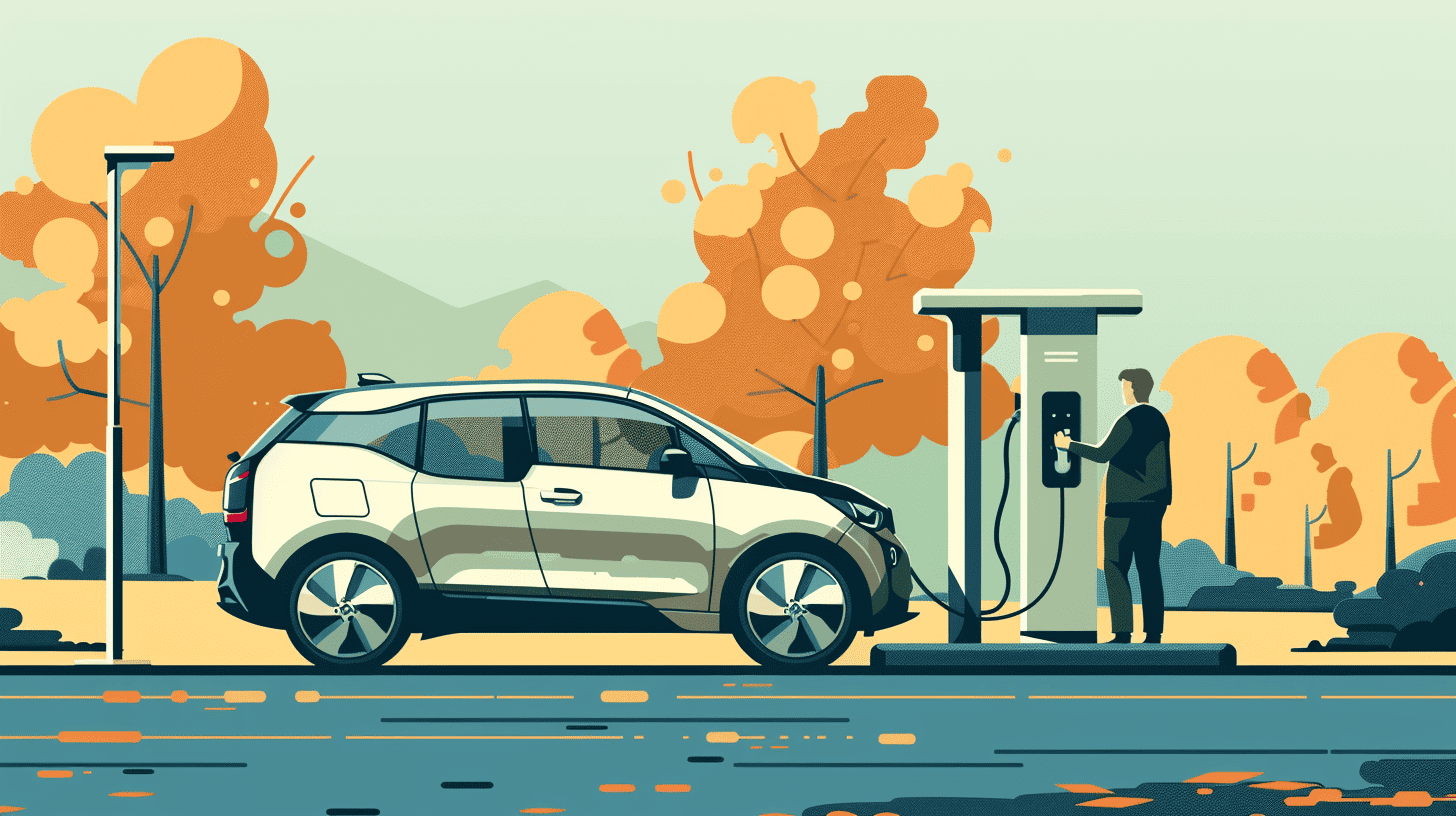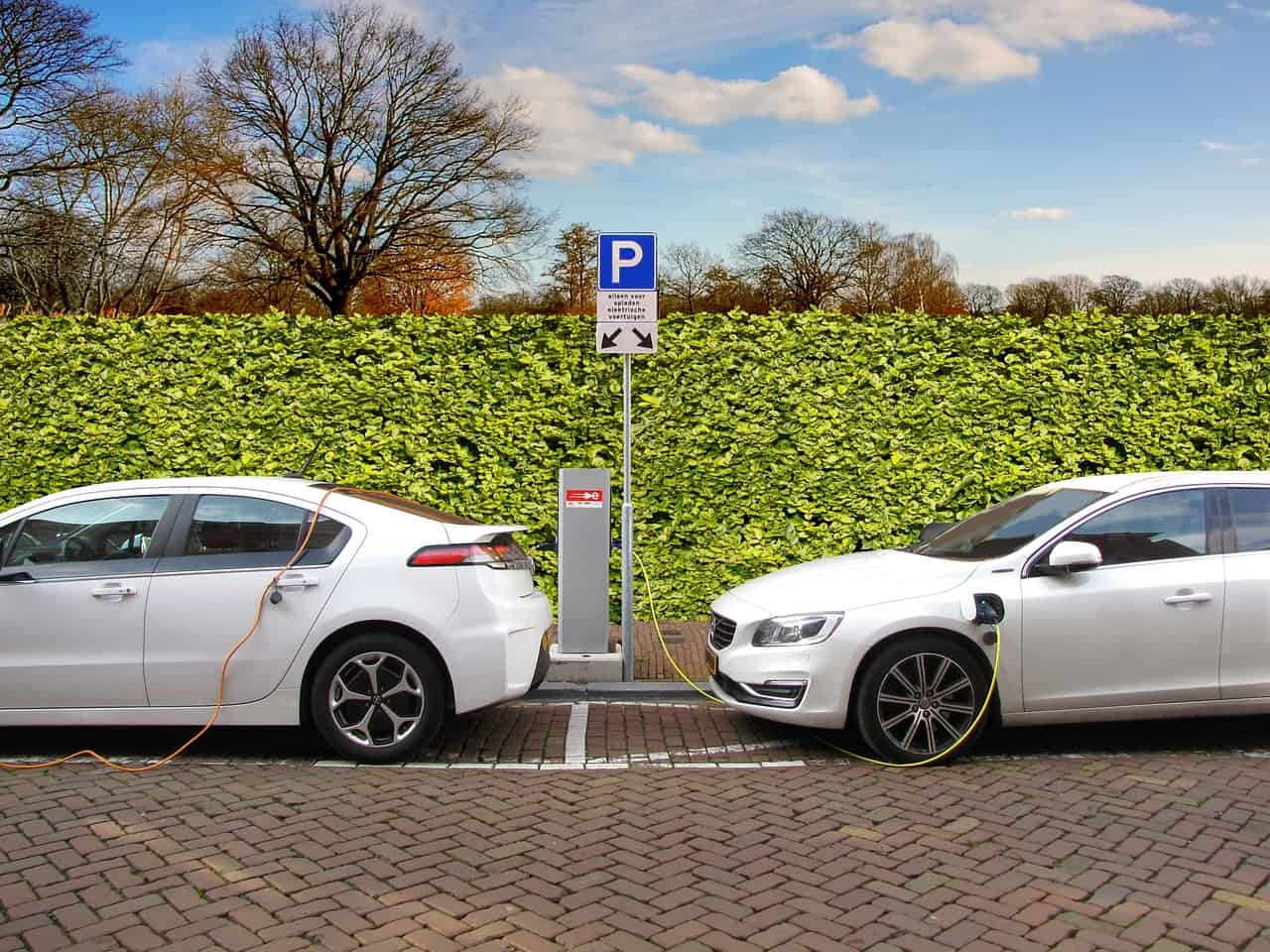
The clock is ticking, and the deadline is set: by 2035, the ban on the sale of combustion engine cars will be effective in the European Union. EU countries approved the law after agreeing on an exemption for vehicles running on e-fuels, but eleven years from now, the law will require new cars sold to have zero CO2 emissions. Moreover, by 2030, newly sold vehicles must have 55 percent less carbon dioxide emissions versus 2021 levels.
On the road to 2035, electrical vehicles (EVs) are poised to be the ones to decarbonize Europe’s car fleet. More and more of them are available on the market, and sales across the EU have been surging.
Where do we start from? What are the outlooks towards the years to come? As the deadline is established, we feel the importance of informing our audience more on the topic. So comes EVolution. At Innovation Origins, innovation and technology are our core business, so we’ll focus this series on some of the most discussed – and sometimes controversial – aspects of electric mobility. We will delve into EVs’ efficiency, range, and battery chemistries, highlighting the prospects. In this episode, we take stock of the current situation of the EV passenger cars market in Europe.
But first, what’s an EV? Under this umbrella definition, different kinds of electric-powered cars exist. The table below briefly defines the different EVs available on the market.
An overview of the European market
The European passenger car market saw an increase in sales in 2023 compared to the previous year. Of around 13 million cars sold in the EU in 2023, 14.6 percent were BEVs, reports the European Automobile Manufacturers Association (ACEA).
The European scenario is very diverse. For most newly registered cars in the bulk of nations, petrol remains the primary fuel source. Scandinavian countries are those where most BEVs are being bought – in Norway, over eight out of ten new cars are battery electric – and in the Netherlands, almost one in three new autos is a BEV. Southern and Eastern Europe are lagging behind. In Italy and Spain, the BEV market share is lower than in Germany and France, while Slovakia is the European country with the lowest BEV quota – 2.7 percent. Nevertheless, as shown in the bar chart below, nearly all countries have an increasing quota of BEV compared to 2022.
The countries that buy fewer BEVs are also the ones where there is a higher HEV uptake. Lithuania, Poland, and Hungary have the highest shares of hybrid car registrations and some of the lowest BEV uptake. In the charts below, you can find all data by country and by fuel source.
Tesla dominates as Chinese carmakers enter the market
But what cars did the Europeans buy last year? According to figures provided by automotive knowledge company JATO, the Tesla Model Y is the most sold car overall of 2023, with over 250,000 vehicles. The Model 3 and the Volkswagen ID.4 are the other two BEVs to make it to the top 50 models sold overall in Europe. In JATO’s view, BEVs also drove the increase in car sales in 2023. Last year, they surpassed the two million registrations landmark for the first time.
The early signals of Chinese manufacturers entering the market can be seen. Just off the BEV registration podium is the MG4. Chinese manufacturer MG launched this model in the European market in late 2022, selling over 74,000 models in 2023. The MG4 is a C-segment car – the same as an Audi A3 or a BMW 1 Series – and comes for less than €30,000. Meanwhile, another leading Chinese carmaker, BYD, is entering the European market with affordable options such as the Atto 3 and the Dolphin.
Altogether, the Chinese brands – seven more entered the market in 2023 – sold 321,918 cars in the past year, growing by 79 percent compared to the previous period. Yet, MG represents a large share of this figure, 72 percent.
The need for cheaper EVs
One of the reasons for slow EV sales concerns the models available on the market. The same JATO metrics show how most European car buyers opt for compact and small cars. Slightly less than three-quarters of the cars are either compact cars and SUVS or small cars and SUVs. However, most of the EV options available on the market belong to premium segments, with little or no options for smaller cars. As Chinese manufacturers can already sell EVs at competitive prices, European carmakers need to rush to stay competitive.
During the recent Geneva auto show, the CEO of Renault Group, Luca de Meo, called for an Airbus-like venture to build and develop cheap EVs in Europe. In his vision, European carmakers – such as Renault, Volkswagen, and Stellantis – could partner up to share investments and reduce costs so as to compete with Chinese manufacturers. De Meo also highlighted how the main challenge is to establish a fully European value chain. Later, Renault confirmed that talks with Volkswagen over developing a cheap EV are advanced to share the platform of an electric Twingo.
Stellantis recently unveiled the Citroen e-C3, which costs € 25,000, and a short-range version is expected to cost five thousand euros less. Renault also introduced the new Renault 5 at the Geneva show, a €25,000 BEV. Nevertheless, cheaper alternatives are already available. The prime example is the Dacia Spring, whose cheapest version can cost—after subsidies—less than €20,000.

What’s next?
The French state lease case further supports the need for cheap EVs. Macron’s cabinet launched a low-cost leasing program earlier this year, making €25,000 small EVs available for €100 per month. The program proved too successful, with demand exceeding the offering by fourfold. The initiative will resume next year.
Dutch citizens can also access subsidies for buying brand-new or used EVs. In 2024, one who buys a fully electric vehicle can get €2.950 for a car with at least 120 kilometers of range and a cost between €12.000 and €45.000. The same conditions apply to buying a used car, although with a €2,000 subsidy. However, the government will introduce a road tax on electric vehicles in 2025.
So, much remains to be done, but things are moving forward. In the next episode of EVolution, we will talk about one of the most discussed topics around EVs: range. Why does EVs range change so much? What is WLTP? We’ll answer these and other questions you might have.

